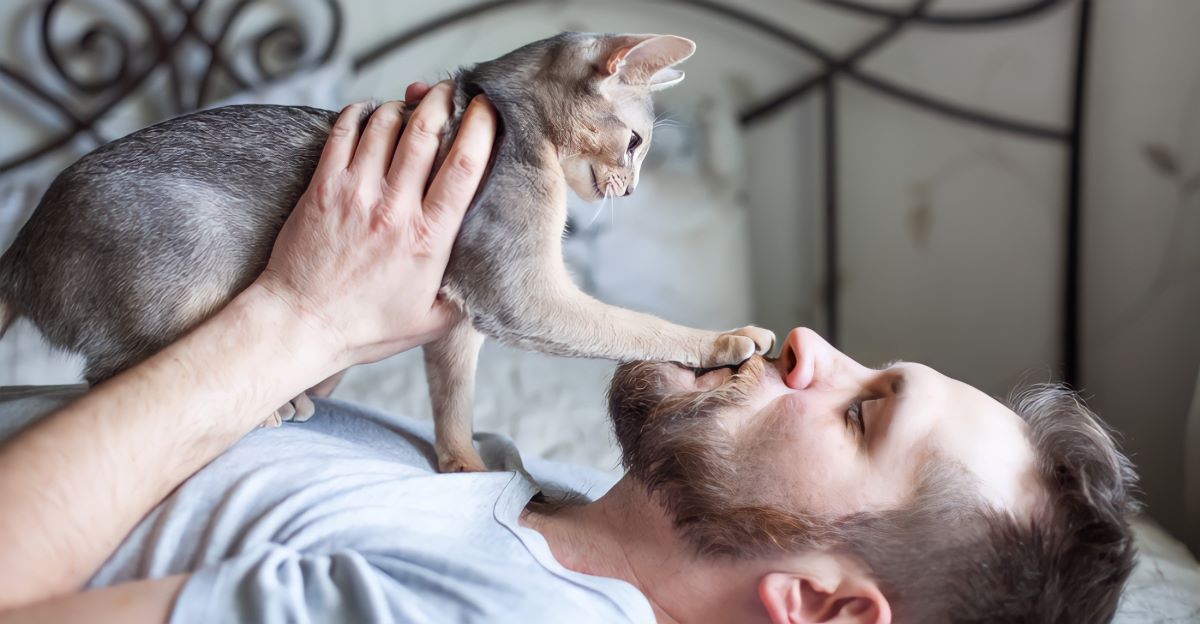
Cats are known for being extremely independent. However, some take their confidence to a whole new level, often acting like they own the place, and you! The idea of an “alpha cat” has long been debated by experts, but some dominant behaviors certainly make it feel like your cat is in charge.
Recognizing signs of dominant behaviors is crucial for maintaining a harmonious home and a healthy relationship with your pet. In this article, we will take a look at eight indicators that your cat thinks it’s the alpha and how you can gently reestablish boundaries, ensuring that you and your cat can live together peacefully and happily.
1. Demanding Food and Setting the Schedule
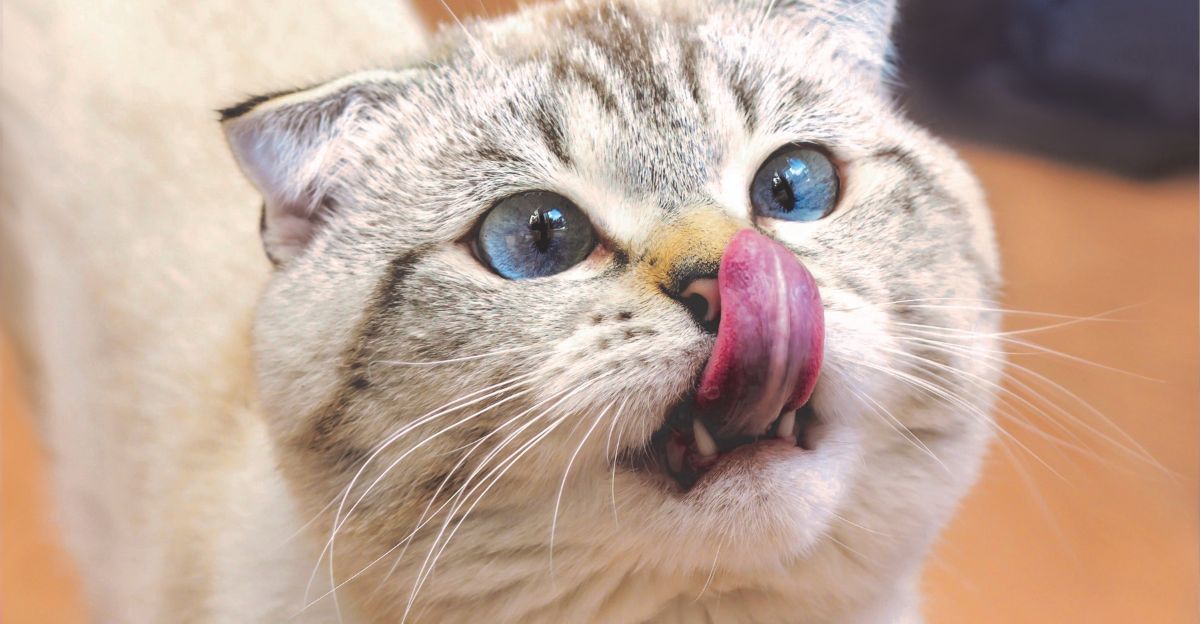
If you are frequently waking up at dawn to loud meows, persistent pawing, or playful bites, it is likely a sign that your cat is asserting dominance over your daily routine. Alpha-minded cats expect their meals on their terms and will often ignore the schedule you have set and insist that you cater to their hunger immediately.
This behavior is not just about food; it’s about control. By giving in to these demands, you can reinforce the idea that your cat is in charge. To reset your boundaries, stick to your regular feeding schedule and avoid responding to pushy behavior. Show your cat that you make the rules.
2. Guarding Food and Growling at Mealtime

Alpha cats will often display food aggression by growling, hissing, or swatting if you or other pets come too close during meal times. This resource-guarding behavior is a typical sign of dominance, as your cat claims exclusive rights to its food. In multi-cat households, dominant cats will often block the rest from eating until it’s finished.
This behavior can cause stress and conflict between pets. To address this, give your cats separate feeding stations and avoid interfering while your cat eats.
3. Selective Affection and Setting Petting Limits
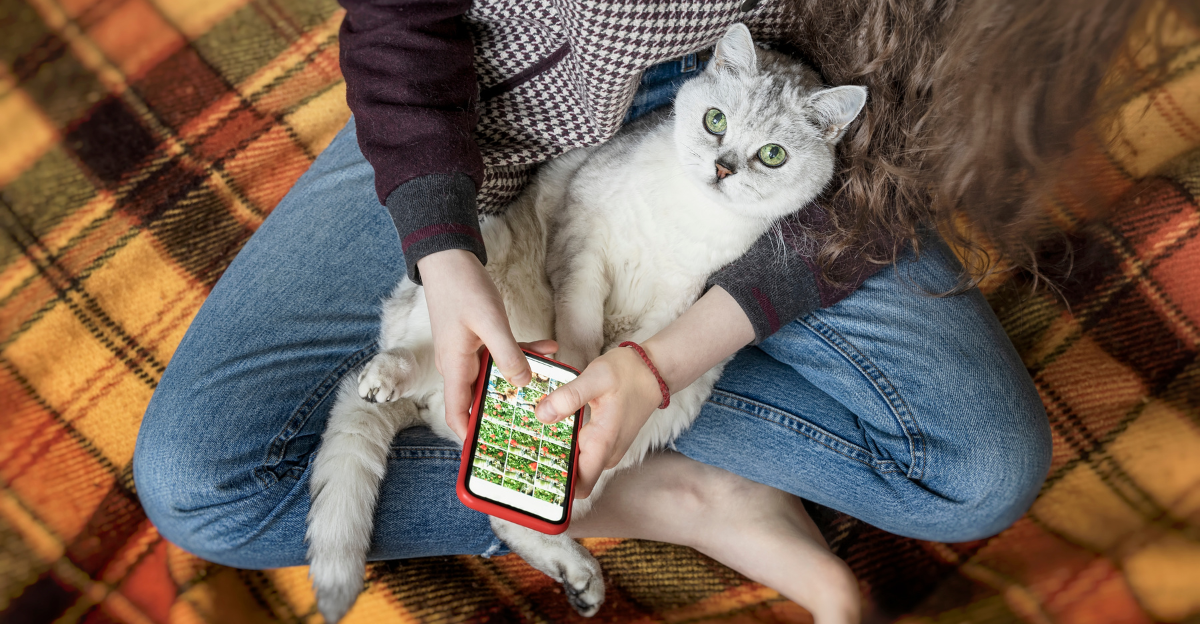
Does your cat often jump onto your lap when it wants, then abruptly leave or swat at you when it’s had enough? Alpha cats like to control when and how they receive affection. They might look for attention, but then end it suddenly, sometimes with a bite or a scratch if you don’t respond to their signals.
This selective affection is their way of maintaining control. To foster a healthier relationship with your cat, always respect their boundaries, look out for subtle cues like tail flicks or flattened ears, and give your cat space to decide when it wants to engage or retreat.
4. Petting-Induced Aggression: The Sudden Switch
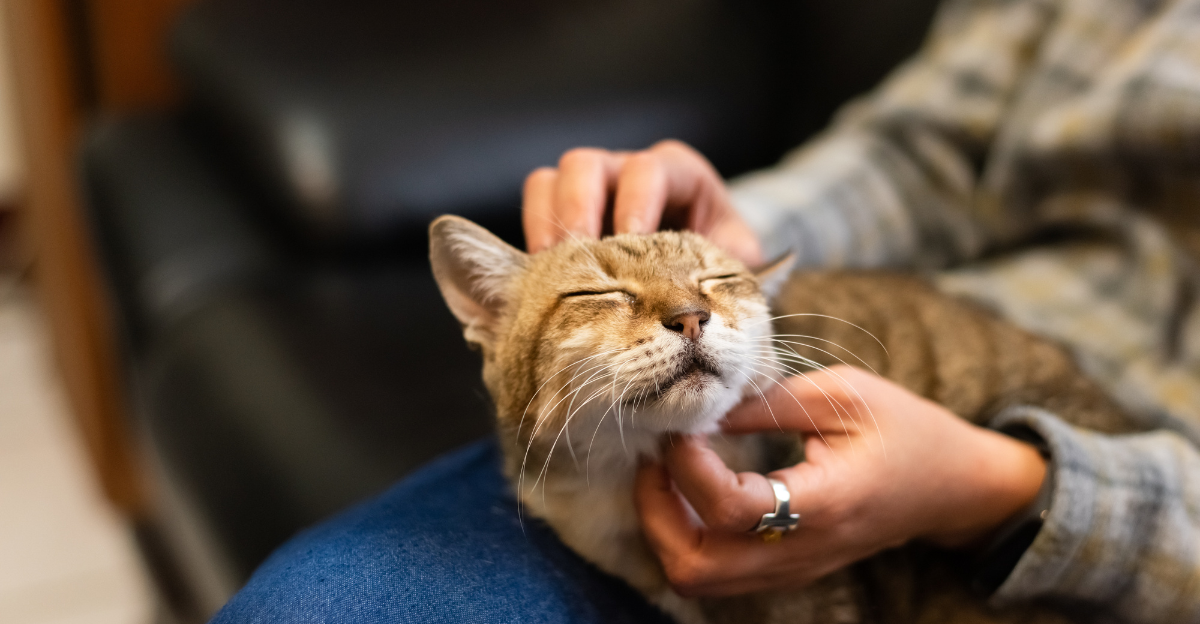
Some cats might tolerate petting for only a brief period before suddenly displaying aggression like biting or swatting. This classic “petting induced aggression” is very common in dominant cats who want to be in control of physical contact. This behavior follows a predictable pattern: your cat enjoys a few pets, then shows subtle signs of discomfort like tail flicking or skin ripples before lashing out.
This isn’t just some random behavior. It’s your cat’s way of asserting boundaries. The best way to avoid escalation is to learn your cat’s warning signs and to stop petting them before they become irritated. Respecting your cat’s limits helps build trust and reduces the likelihood of aggressive outbursts.
5. Resource Monopolization: Claiming the Best Spots
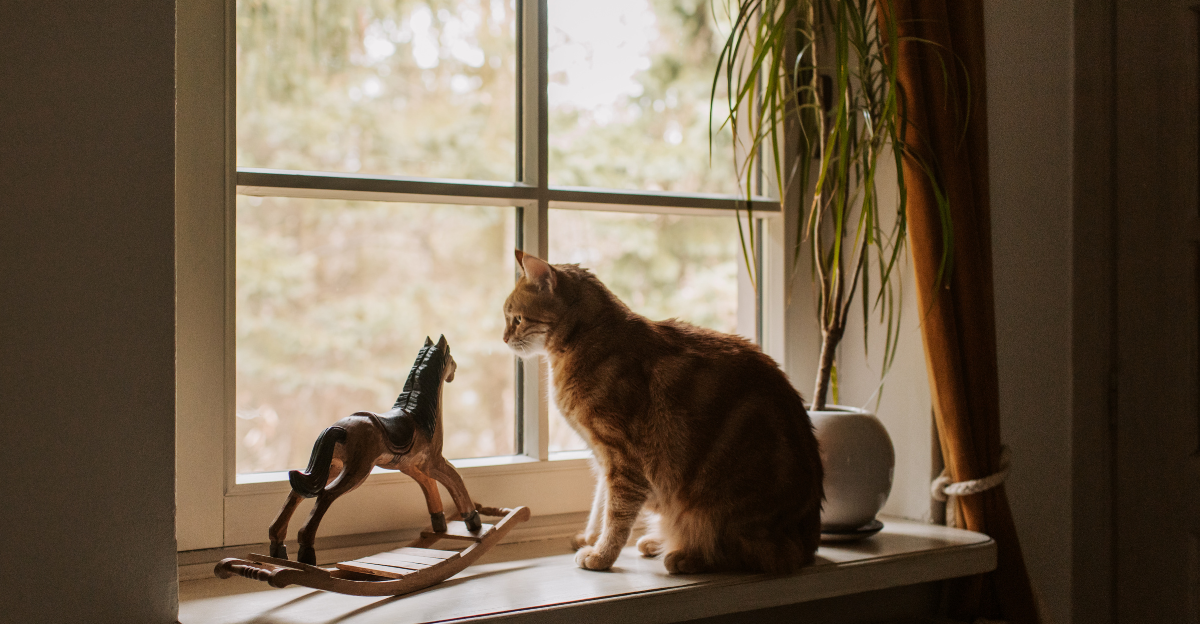
Alpha cats will often claim certain spots in your home, like the sunniest windowsill, the coziest bed, or the highest perch. They might try to physically block other pets from accessing these spots, using body language or aggression. This is a clear sign of dominance, as your cat asserts control over valuable territory.
In homes with multiple pets, this can sometimes lead to stress and competition. To keep the peace, give your pets multiple comfortable spots where they can rest and ensure that each cat has access to its own favorite spot.
6. Aggression Toward Other Pets

Alpha cats will often assert their status by chasing, swatting, or intimidating other animals in the house. They might block doorways, hiss, or pounce on other cats, especially if they feel like their position is being threatened. This behavior helps reinforce the household hierarchy, but can create a tense environment for less assertive animals.
If their aggressive behaviors escalate, it’s important to separate the cats and reintroduce them gradually. If they interact calmly, reward this behavior with their favorite treats. Give your cats plenty of resources and vertical space to reduce competition. This will help your cats feel safe and minimize the alpha cat’s need to dominate.
7. Ignoring Commands and Testing Boundaries
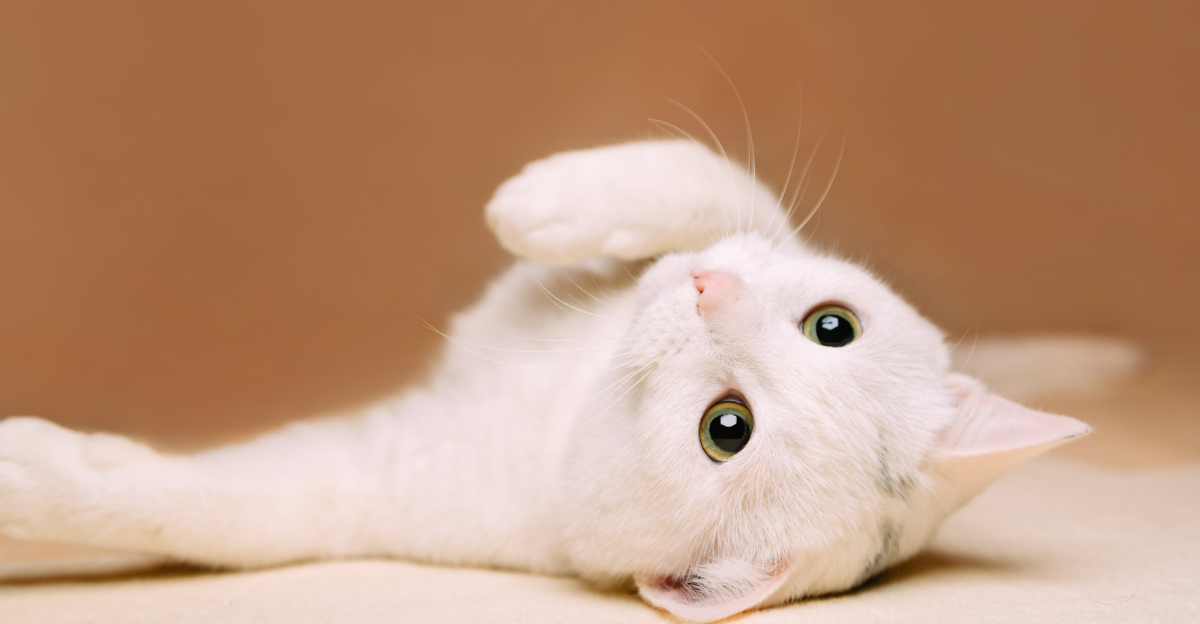
Alpha cats often ignore commands like “no” or “down ” and persistently engage in forbidden behaviors like clawing furniture or jumping on counters. This is their way of testing your limits and asserting their will.
Instead of ignoring it or punishing your pet, use consistent, positive reinforcement to encourage desirable behaviors. When they engage with these behaviors, distract them with toys and treats, and reward compliance. Establishing clear, consistent boundaries helps reinforce your role as the leader and teaches your cat that cooperation is more rewarding than defiance.
8. Marking Territory: Spraying and Rubbing
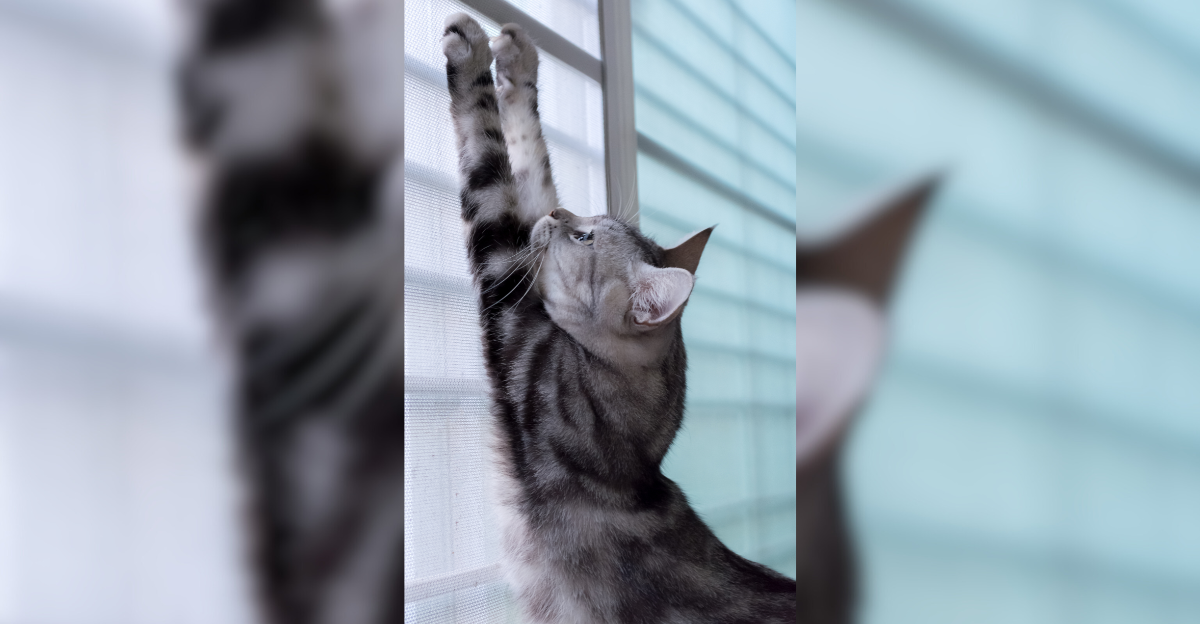
Dominant cats are also known to mark their territories by spraying urine or rubbing their faces onto furniture, walls, and people. Though face rubbing is a normal way for cats to spread their scent and claim their territories, spraying is a more intense territorial sign, especially in multi-cat homes or when new pets are introduced.
This behavior is your cat’s way of showing you and other pets that it considers itself the boss. Addressing this issue involves reducing household stress and providing your cats with enough resources. If spraying persists, you should talk to a veterinarian to rule out medical issues or discuss behavioral interventions.
Restoring Harmony: Setting Healthy Boundaries
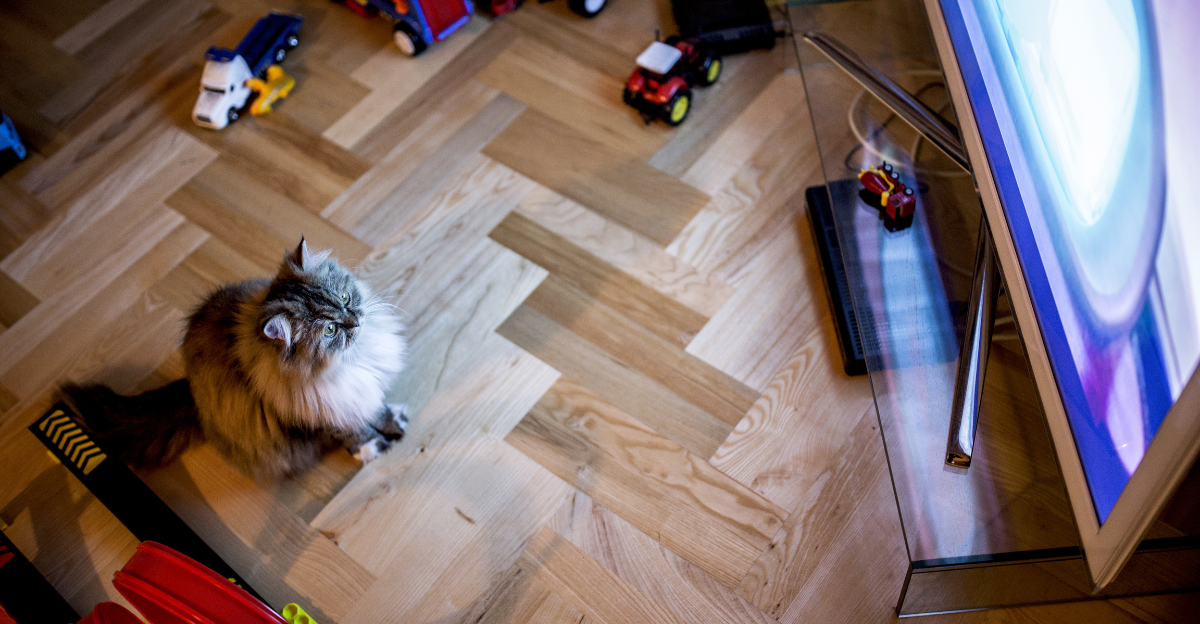
If your cat shows several signs of alpha behavior, don’t panic. Most can be managed with patience and consistency. It’s important for you to establish clear routines, provide plenty of enrichment, and use positive reinforcement to encourage good behavior.
You should avoid punishing your cat physically, as this can increase aggression. Instead, reward calm and cooperative actions, and always ensure that all of your pets have access to food, resting spots, and toys. By understanding your cat’s signals and respecting its needs, you’ll foster a balanced relationship where both you and your feline feel secure, respected, and happy in your shared home.
Explore more of our trending stories and hit Follow to keep them coming to your feed!

Don’t miss out on more stories like this! Hit the Follow button at the top of this article to stay updated with the latest news. Share your thoughts in the comments—we’d love to hear from you!







